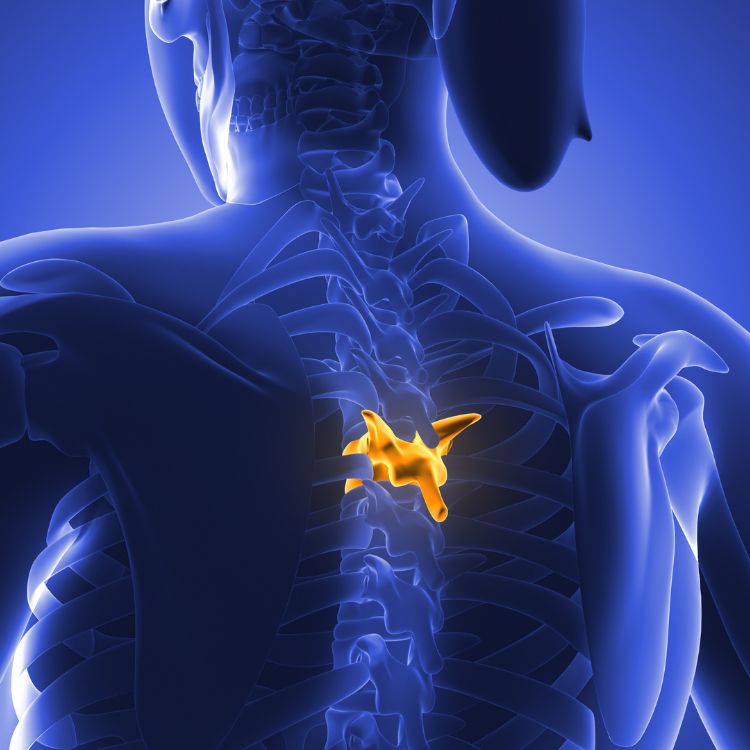Why Are Facet Joint Injections Helpful?
A facet joint injection serves several purposes. First, by placing numbing medicine into the joint, the amount of immediate pain relief you experience will help confirm or deny the joint as a source of your pain. Additionally, the temporary pain relief of the numbing medicine may better allow a physical therapist or chiropractor to treat that joint. Also, time release cortisone will serve to reduce any presumed inflammation within your joint and further assist the physical therapist or chiropractor, if necessary. It is possible to obtain relief from the injection alone without follow-up physical therapy or chiropractic care.
What Will Happen to Me During the Procedure?
An IV will be started so that relaxation medicine can be given. After lying on a table, the skin over the back/side of your neck will be well cleaned. Next, the physician will numb a small area of skin with numbing medicine which stings for a few seconds. Next, the physician will use x-ray guidance to direct a very small needle into the joint, and then he will inject several drops of contrast dye to confirm that the medicine goes into the joint. Then, a small mixture of numbing medicine (anesthetic) and anti-inflammatory cortisone will be slowly injected.
What Should I Do After the Procedure?
20-30 minutes after the procedure you will move your neck and try to provoke your usual pain. You will report your percentage of pain relief and also record the relief you experience during the next week on a “pain diary” we will provide to you. Mail the completed pain diary back to Advanced Pain Management and we will contact you when we receive your diary. You should not drive for eight hours after this procedure. On occasion, your arm may feel numb or weak for a few hours. You may be referred to a physical therapist or chiropractor immediately afterwards while the numbing medicine is effective and over the next two weeks while the cortisone is working.
General Pre/Post Instructions
You should eat a light, but not a full meal at least 2 hours before the procedure. If you are an insulin dependent diabetic do not alter your normal food intake. Take your routine medications before the procedure (such as high blood pressure and diabetes medications) except stop aspirin and all anti-inflammatory medications (e.g. Motrin/Ibuprofen, Aleve, Relafen, Daypro) 3 days before the procedure. These medicines may be re-started the day after the procedure. You may take your regular pain medicine as needed before/after the procedure. If you are on coumadin, heparin, lovenex, plavix or ticlid you must notify my office so that the timing of stopping these medications can be explained. If you are on antibiotics please notify our office, we may wait to do the procedure. If you have an active infection or fever we will not do the procedure. You will be in the hospital as an out-patient for 2-3 hours even though you see the physician for 20 minutes. You will need to bring a driver with you. You may return to your current level of activities the next day including return to work.


